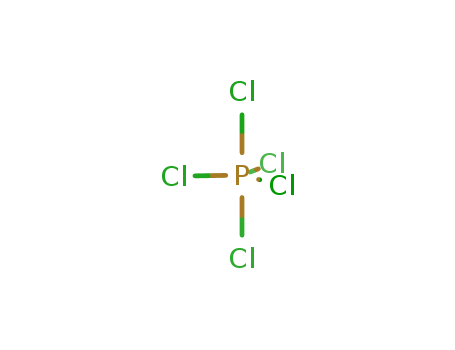10.1021/jm060213k
The research focuses on the synthesis and evaluation of dopamine receptor antagonists based on the benzindoloazecine structure. The study aimed to modulate the affinities for dopamine D1-D5 receptors by homologizing a lead compound, LE 300. Two homologue antagonists were synthesized, and their affinities and inhibitory activities at D1-D5 receptors were measured using radioligand binding experiments and a functional Ca2+ assay. The phenylpropyl homologue 3 showed superior selectivity and affinity for the D5 subtype with a Ki of 0.6 nM, while the indolylpropyl homologue 2 exhibited decreased affinity for all subtypes. The experiments involved the synthesis of compounds 2 and 3 through a series of chemical reactions, including the use of tryptamine, lactone 15, and various reagents such as PCl5, POCl3, and NaBH4. The synthesized compounds were then tested for their binding affinities and inhibitory activities, with the results indicating significant differences in receptor affinities between the two homologues. The analyses used included radioligand binding studies and a calcium fluorescence assay to determine the inhibitory activity of the compounds at the dopamine receptors.
10.1039/j19700001641
The study investigates the conversion of various organosilicon compounds, including arylsilanes, arylchlorosilanes, and siloxanes, into chlorosilanes using phosphorus pentachloride. Thirteen chlorosilanes were successfully prepared with yields ranging from 78.1% to 96.4%. The study found that silicon atoms bearing chlorine or oxygen atoms were less reactive compared to other silanes. For instance, phenyldichlorosilane did not react under the given conditions. The presence of phenyl groups had a minimal effect on the ease of chlorination, while replacing phenyl groups with methyl groups increased the reaction rate. Oxygen attached to silicon significantly reduced the reaction rate. The study utilized infrared spectroscopy to monitor the progress of the reactions and confirmed the identities of the synthesized compounds through their physical constants and infrared spectra.
10.1007/BF00961622
One study investigates the synthesis and reactivity of geminal bis(fluorosulfonyl)-containing compounds, demonstrating their ability to eliminate the fluorosulfonyl group when treated with nucleophilic reagents. Another study examines the effect of solvents on the reactions of alkene-2PCI5 adducts with nucleophilic reagents, finding that the nature of the solvent, temperature, and the structure of the alkene significantly influence the reaction outcomes, leading to either dephosphorylation or the formation of phosphorylated products. Additionally, the research explores the reactions of dimethyl phosphite and monomethyl phenylphosphonite with 2-methyl-3,4,5-triphenylcyclopentadienone, revealing regiospecific formation of ?-phosphonoketones under certain conditions. The study provides insights into the mechanisms and conditions that govern these reactions, supported by spectral data and chemical transformations.
10.1016/j.tetlet.2010.08.110
The research focuses on the synthesis and characterization of a novel heterocyclic compound, thiazolo[4,5-d]thiazole, and its derivatives for potential optoelectronic applications. The synthesis involved a six-step process starting from butane-2,3-dione, leading to the formation of 2,5-dimethylthiazolo[4,5-d]thiazole and its methylation to produce 2,3,5-trimethyl thiazolothiazolium iodide. Key reactants included PCl5, Lawesson’s reagent, and potassium ferricyanide, with various solvents like 1,4-dioxane and THF used to optimize reaction conditions. Analytical techniques such as NMR spectroscopy, IR spectroscopy, and UV-Vis spectroscopy were employed to confirm the structures and evaluate the optical properties of the synthesized compounds, demonstrating their potential as nonlinear optical materials.
10.1021/ja01644a034
The study investigates the synthesis of various formamidines and their derivatives using different chemical reactions and methods. Key chemicals involved include formic acid, various amines (such as n-octylamine, di-n-butylamine, and aniline), phosphorus pentachloride, and formanilides. These chemicals play crucial roles in the formation of formamidines through condensation reactions, interactions in the presence of chlorinating agents, and other synthetic processes. The study explores the preparation of disubstituted, heterodisubstituted, and trisubstituted formamidines, as well as their hydrochlorides and other derivatives. The research also examines the stability, hydrolysis, and qualitative testing of these compounds, providing insights into their chemical properties and potential applications.



 T+
T+


